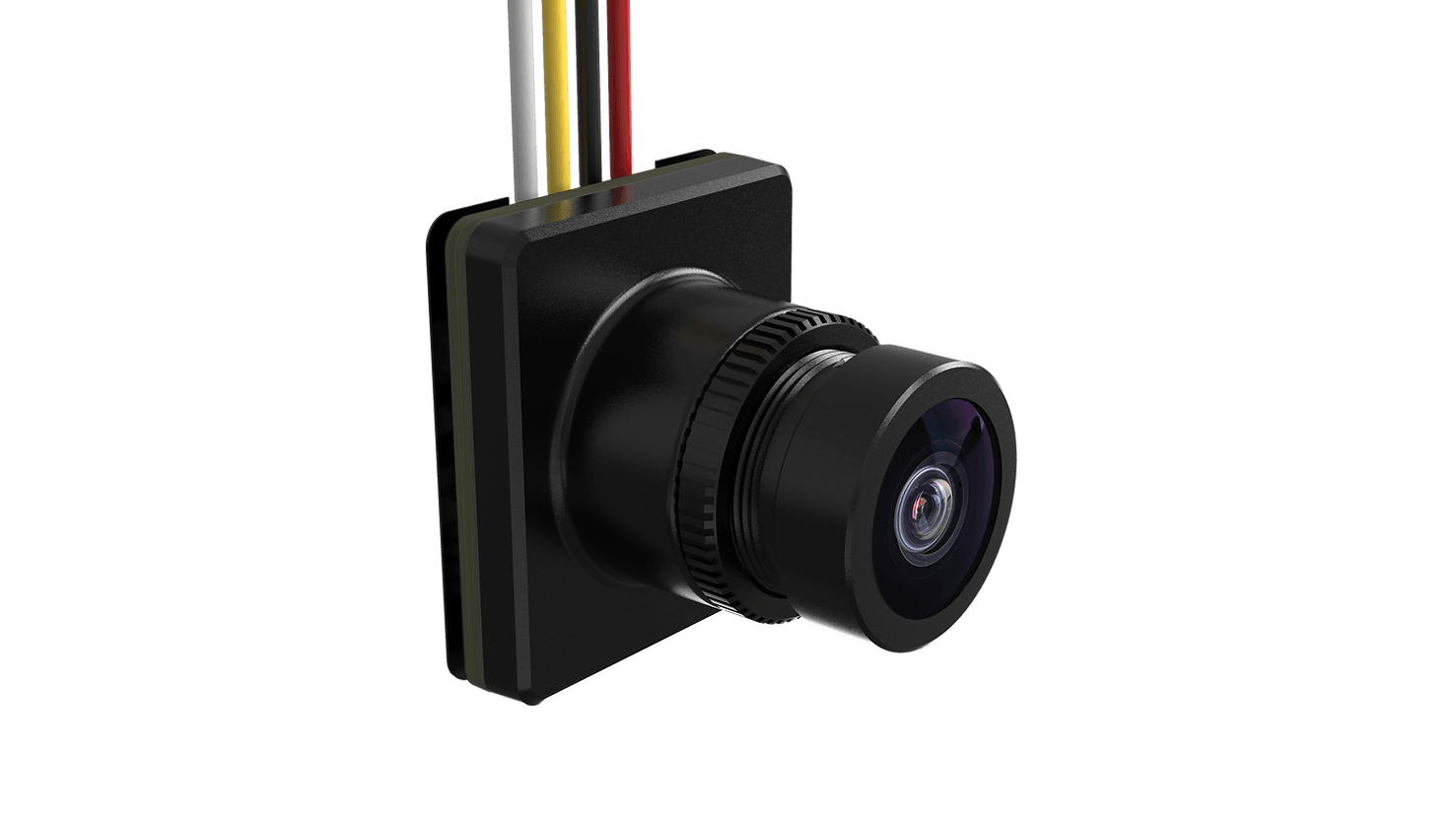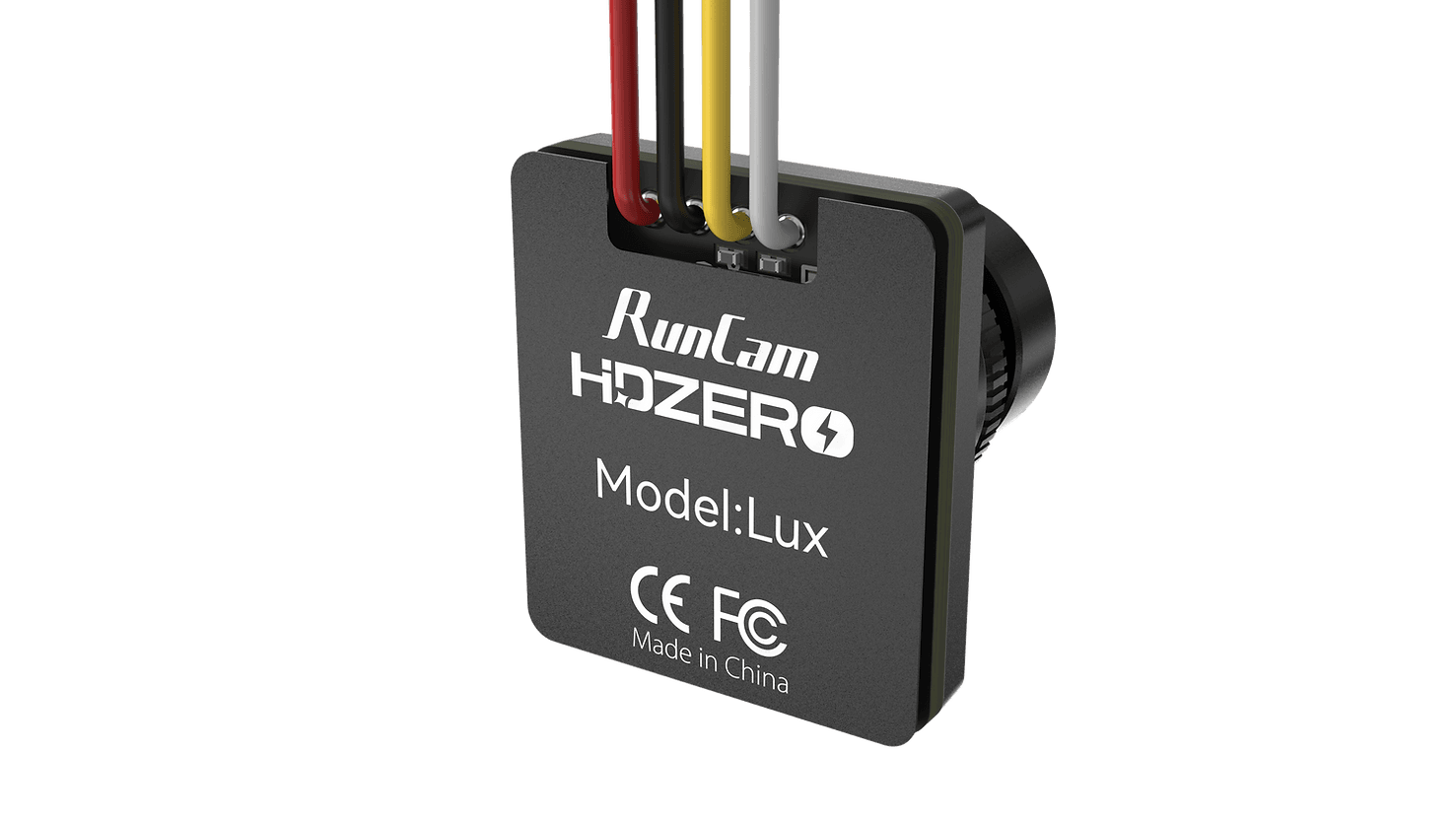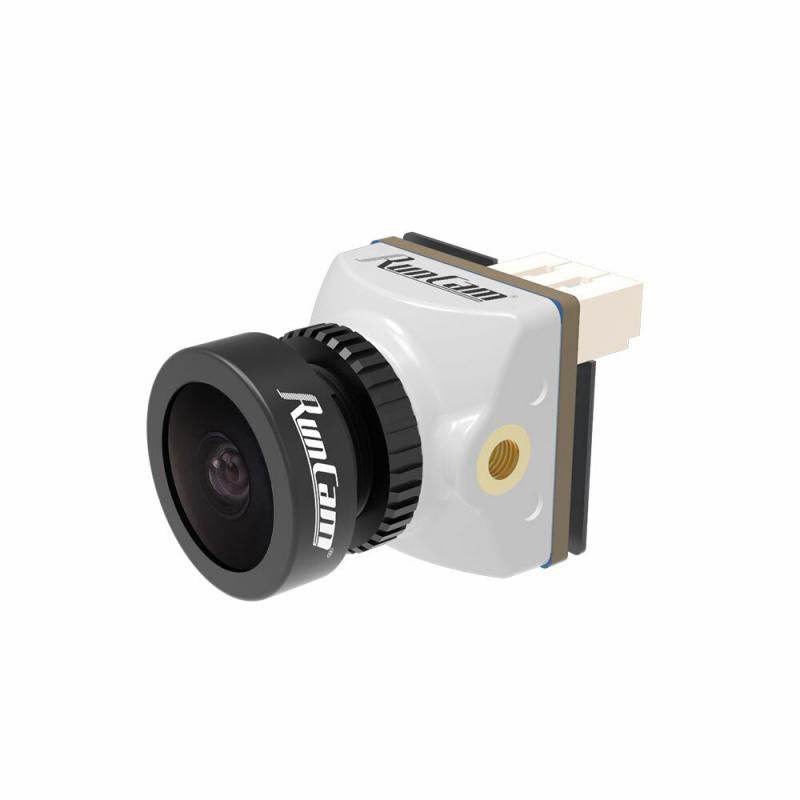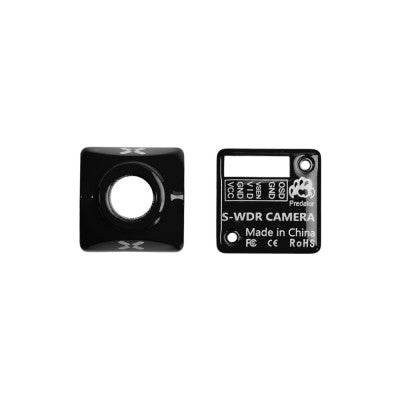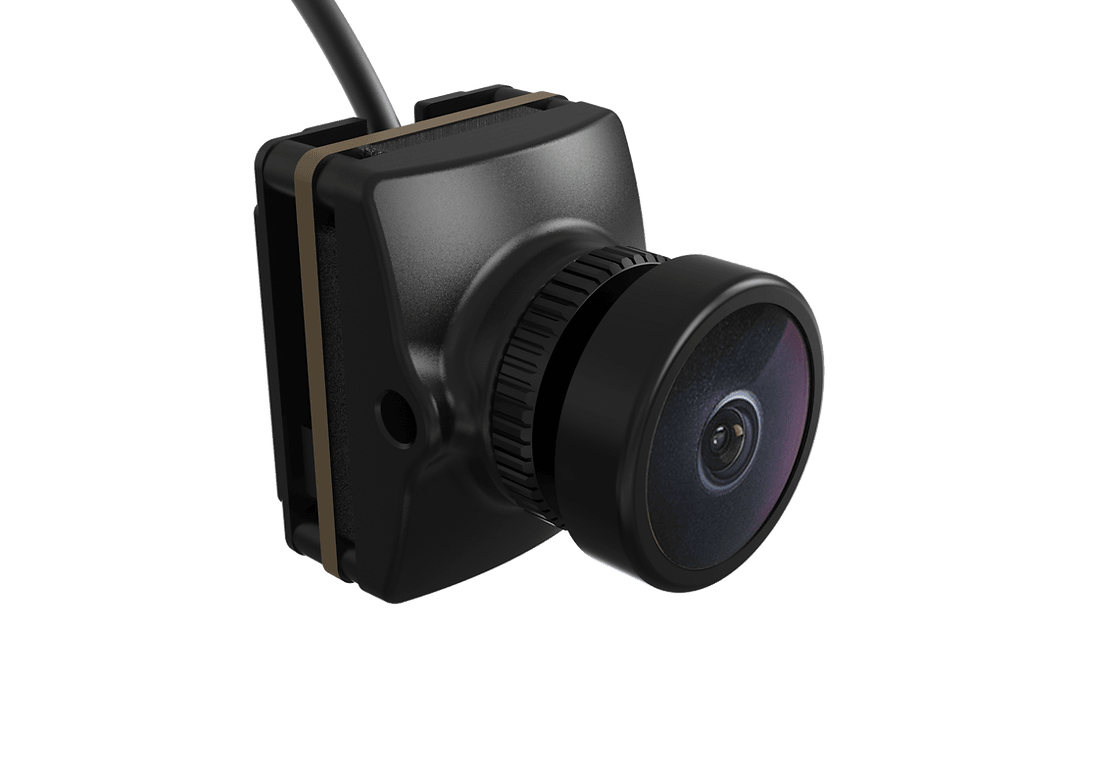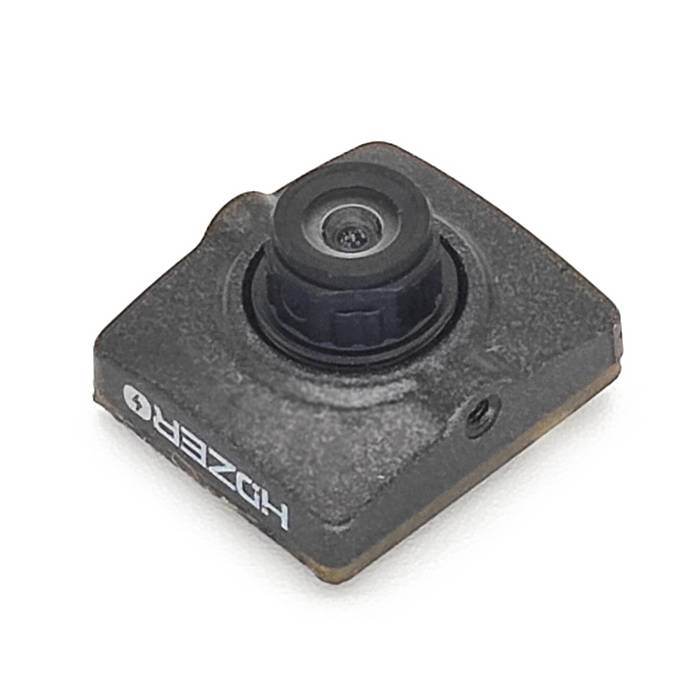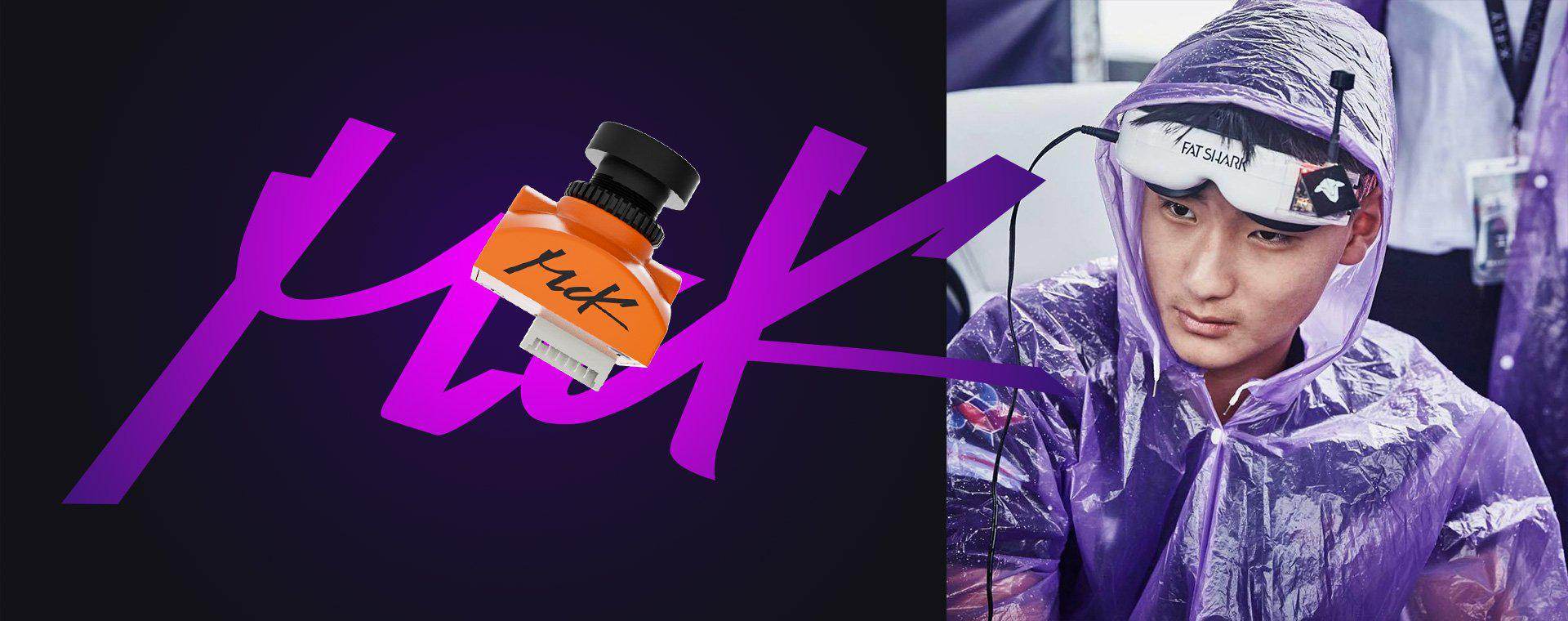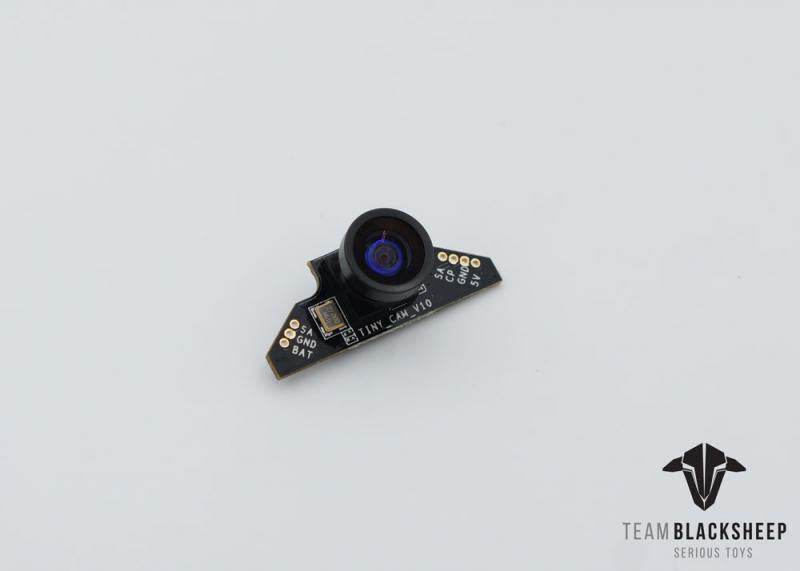Quick Menu
- RISING SUN 3D - ON DEMAND 3D PRINTING
- Ak Interactive
- All Game Terrain
- Ammo by MIG
- Army Painter
- Backpacks and Carrycases
- Bifrost Airbrush Paints
- Coming Soon!
- Connectors
- Chargers
- Gift Cards
- Laser Cutter, Engravers and CNC
- New Items
- Painting Brushes and Tools
- Sale!
- Services
-
- SMS - Premium Acrylic Lacquer Series
- SMS - Pearl Acrylic Lacquer Series
- SMS - Auto Colour
- SMS - Brush Series
- SMS - Cements & Adhesives
- SMS - Colour Sets
- SMS - Colour Shift Acrylic Lacquer Series
- SMS - Crystal Acrylic Lacquer Series
- SMS - DragonAir Airbrushes
- SMS - Effects Acrylic Lacquer Series
- SMS - HyperChrome Series
- SMS - Infinite Colour - Water Based
- SMS - Masking Series
- SMS - Metallic Acrylic Lacquer Series
- SMS - Precision Tools Series
- SMS - Primer Series
- SMS - Thinners, Additives and Paint Remover
- SMS - Weathering Series
- SMS - Wildlife Colours
- STEM
- The Used
- X Class Gear
- Blogs
FPV Cams
27 products
Showing 1 - 27 of 27 products
FPV Cameras – See Every Flight in Stunning Detail
Get the sharpest view of your world with premium FPV Cameras from Rising Sun FPV.
We stock a wide range of analog and digital FPV cams, delivering low latency, vivid color, excellent dynamic range, and tough durability for every flying style.
Whether you’re racing, freestyling, cruising long-range, or filming cinematic flights, our cameras provide the clarity and confidence you need to fly at your best.
See sharper, fly smarter — shop the best FPV cameras today at Rising Sun FPV.
Showing 1 - 27 of 27 products
Display
View


Tinyhawk III PLUS Spare Parts Pack B - Runcam Nano 6 Analog Camera + 32Bit 400mw VTX
Sale price$54.99 AUD
Sold out
Filters (0)















